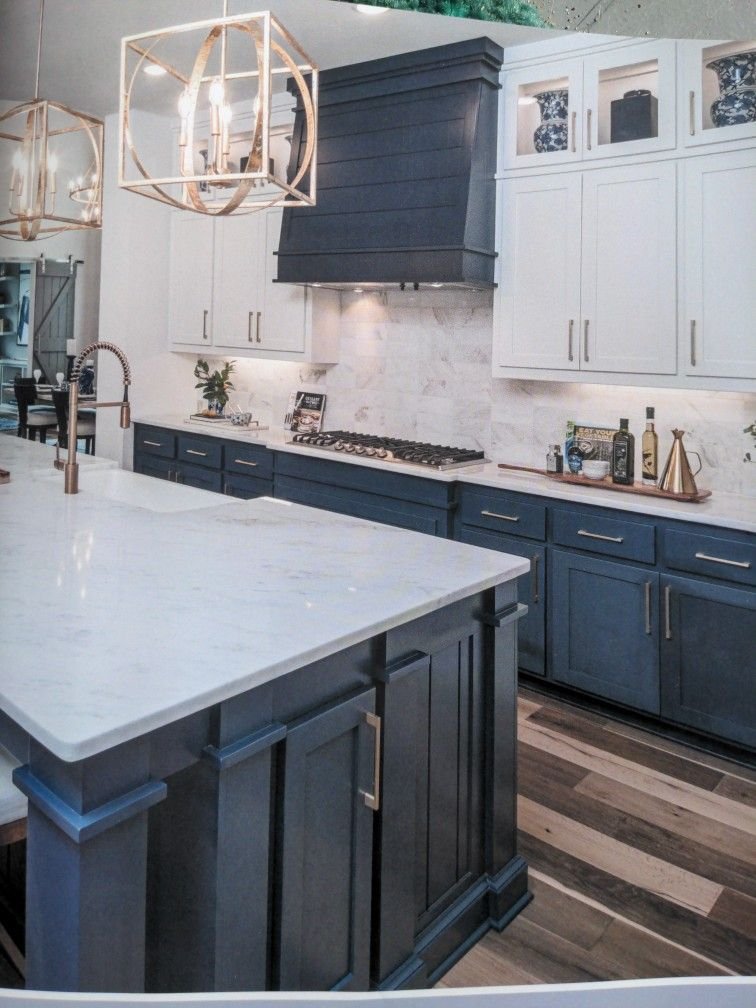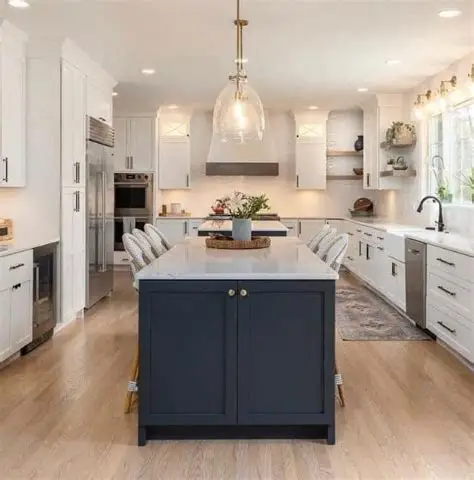Introduction: The Journey of Granite From Deep Earth to Modern Design
Granite is more than just a rock—it’s a masterpiece of geological transformation. Known for its durability, elegance, and versatility, granite has earned a place in homes, architectural monuments, and design studios across the globe. From rugged mountain ranges to polished granite countertops, this ancient stone tells a tale of heat, pressure, and time.
In this comprehensive guide, we’ll uncover how granite is made—starting from its formation within Earth’s crust to its use in Aardwolf granite countertop collections and global stone markets.

What Is Granite?
Granite is an intrusive igneous rock that forms when magma slowly cools and solidifies beneath the Earth’s surface. Unlike volcanic rocks, which cool rapidly above ground, granite has time to grow large, visible mineral crystals.
The result? A stunning, speckled appearance composed mainly of quartz, feldspar, and mica—a combination that gives granite its signature hardness and vibrant colors.

How Is Granite Formed Naturally?
1. Magma Origin and Composition
Granite originates deep within the continental crust, where intense geothermal heat melts silicate-rich rocks. This magma, rich in silica and alkali metals, begins to cool slowly over millions of years, allowing crystal formation to occur.
2. Intrusion and Crystallization
Instead of erupting to the surface, granite magma becomes trapped in large plutonic bodies or batholiths. Here, it cools gradually, and its mineral constituents—mainly feldspar (white/pink), quartz (clear), and biotite or hornblende (black)—crystallize.
3. Uplift and Exposure
Over time, tectonic uplift and erosion bring these massive granite formations closer to the Earth’s surface, where they can be quarried and processed.
Granite Geology and Composition
- Quartz (20-60%): Provides translucence and durability
- Feldspar (35-75%): Adds color and crystalline pattern
- Mica (5-15%): Adds sparkle and contrast
- Amphiboles/Trace minerals: Add to the stone’s diversity
The interplay between these minerals defines granite stone characteristics, including:
- Color variation
- Veining and texture
- Resistance to heat and pressure
Is Granite Natural or Engineered?
Granite is a 100% natural stone, unlike engineered quartz surfaces. However, engineered granite exists too—it’s made by combining crushed granite with resin binders. While both serve different purposes, natural granite remains unmatched in beauty and geological authenticity.
Comparison: Natural vs. Engineered Granite
| Feature | Natural Granite | Engineered Granite |
|---|---|---|
| Appearance | Unique | Uniform |
| Porosity | Requires sealing | Less porous |
| Strength | High | Moderate |
| Cost | Higher for rare types | More affordable |
Quarrying and Processing Granite
Step 1: Quarrying
Large granite blocks are extracted using diamond wire saws and controlled blasting. These blocks are then cut into manageable slabs using multi-blade gang saws.
Pro Tip: Efficient quarrying often requires equipment like a material handling trolley for safe and smooth transport of heavy granite slabs.
Step 2: Surface Treatment and Finishing
Slabs undergo surface finishing such as:
- Polishing: For mirror-like finishes
- Honing: For matte textures
- Flaming/Brushing: For rough or slip-resistant finishes
Step 3: Cutting and Customization
Slabs are cut to desired dimensions for use in granite countertops, vanities, backsplashes, and tiles. Edges can be rounded, beveled, or finished in custom styles to match cabinet pairing and interior themes.
Is Granite Porous or Does It Stain?
While granite is known for its density, it’s still minimally porous and can stain if not sealed properly. Spills from wine, oil, or acidic liquids can penetrate the stone and cause discoloration.
🔗 Does granite stain?
🔗 Is granite non-porous?
Sealing granite countertops annually is highly recommended to prevent staining and preserve the stone’s appearance.
Granite in Interior Design and Construction
Granite’s durability and rich visual appeal make it ideal for various applications:
- Granite Countertops: Kitchen, bathroom, and commercial use
- Granite Backsplashes: Elevate wall aesthetics
- Flooring: Especially in high-traffic areas
- Fireplace Surrounds and Columns
- Monuments and Gravestones
Popular color themes include:
- White granite countertops: Ideal for light, open kitchens
- Black granite countertops: Sleek, modern, and dramatic
- Brown and earth-toned slabs: Best for rustic or transitional styles
🔗 What Color Backsplash Goes with Black and Brown Granite Countertops? #5
🔗 What Color Backsplash Goes with Black and Brown Granite Countertops? #6
Maintenance Tips for Granite Surfaces
- Daily Cleaning: Use mild, pH-balanced cleaners
- Sealing Granite: At least once a year, depending on usage
- Polishing Granite: Helps restore shine and resist etching
- Repairing Chips in Granite: Use epoxy kits or professional repair services
- Removing Stains: Apply poultices or use granite-specific stain removers
Granite vs. Other Countertop Materials
| Feature | Granite | Quartz | Marble | Concrete | Soapstone |
|---|---|---|---|---|---|
| Durability | High | High | Medium | Medium | Medium |
| Maintenance | Moderate | Low | High | High | Low |
| Aesthetic | Natural | Engineered | Luxurious | Industrial | Rustic |
| Cost | Medium-High | Medium-High | High | Medium | High |
Granite often proves to be better than concrete countertops in durability and outperforms marble in scratch resistance.
Where to Buy Granite: Aardwolf’s Premium Selection
If you’re looking for premium granite slabs, the Aardwolf granite countertop collection offers a curated selection for every style and budget. Whether it’s classic white, modern black, or unique exotic hues, Aardwolf’s granite pricing guide helps you find the best Aardwolf granite colors at competitive rates.
Aardwolf Services:
- Wholesale granite supplier options
- Premium granite slabs from trusted sources
- Professional granite installation services
✅ Conclusion: From Molten Magma to Luxury Countertops
Granite is the result of one of nature’s most fascinating processes. From magma deep beneath the Earth’s crust to elegant kitchen islands and fireplace surrounds, granite offers a combination of strength, beauty, and story that few other materials can match.
When choosing granite, you’re not just selecting a material—you’re bringing a piece of Earth’s ancient power into your space.

